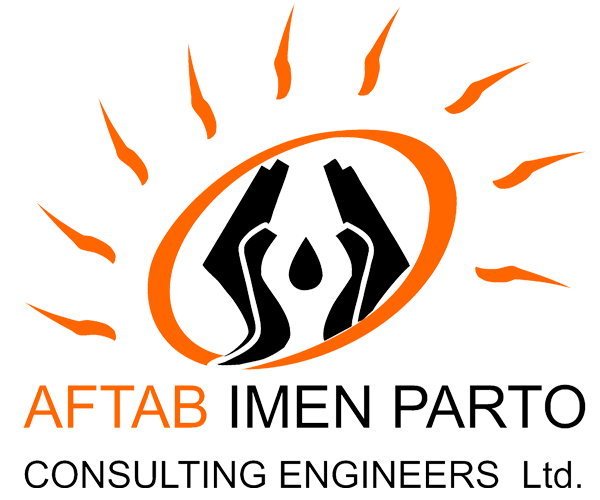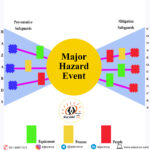What is Cooling and Fire Fighting System Training?
Cooling and Fire Fighting System Training focuses on the design, operation, maintenance and performance optimization of cooling and fire protection systems in industrial plants, refineries, power stations and commercial buildings. The training covers the fundamentals of water-based cooling and fire suppression systems, including pumps, piping networks, heat exchangers, sprinklers, hydrants, deluge systems and foam-based fire protection.
This course provides an in-depth understanding of hydraulic calculations, system components, regulatory standards and troubleshooting techniques for both cooling and firefighting systems to ensure efficient thermal management and fire risk mitigation.
Objectives of Cooling and Fire Fighting System Training Course
A Cooling and Fire Fighting System Training Course provides participants with knowledge and skills to the
Cooling System Training Objectives:
1. Understand Cooling System Design Principles–Learn about cooling towers, heat exchangers, chilled water systems and air-cooled condensers.
2. Perform Hydraulic Calculations–Analyze flow rates, pressure drops, pump sizing and energy efficiency for cooling water networks.
3. Optimize Cooling System Efficiency–Learn best practices for reducing energy consumption and improving heat dissipation.
4. Troubleshoot Common Cooling System Issues – Identify and solve scaling, corrosion, fouling and pump failures.
5. Ensure Compliance with Industry Standards–Understand cooling system design requirements based on API 610 and NFPA 214.
Fire Fighting System Training Objectives:
1. Understand Fire Protection System Components–Learn about fire pumps, sprinklers, hydrants, water mist systems and foam suppression systems.
2. Perform Fire Water Network Hydraulic Calculations–Calculate firewater demand, pressure drop and pump capacity.
3. Design and Install Fire Fighting Systems–Understand piping layout, nozzle placement and compliance with fire safety codes.
4. Conduct Fire Risk Assessments–Evaluate fire hazards and select the appropriate fire suppression methods.
5. Comply with Fire Safety Regulations–Learn the NFPA (National Fire Protection Association) codes, including NFPA 13 (Sprinkler Systems), NFPA 14 (Standpipe Systems) and NFPA 20 (Fire Pumps).
6. Emergency Preparedness & Maintenance–Ensure the readiness of firefighting systems through regular inspection, testing and maintenance.
Who Should Attend Cooling and Fire Fighting System Training?
This training is valuable for professionals involved in design, operation and maintenance of cooling and fire protection systems, including:
• Process Engineers–Ensuring efficient cooling and fire safety in industrial plants.
• Mechanical Engineers–Designing pumps, heat exchangers and piping networks for cooling and fire suppression.
• Fire Safety Engineers & Consultants–Implementing fire protection strategies based on NFPA and local fire codes.
• Facility & Operations Managers–Managing the performance and compliance of cooling and firefighting systems.
• HSE (Health, Safety & Environment) Managers–Ensuring adherence to safety regulations and minimizing fire and cooling system failures.
• Maintenance & Reliability Engineers–Conducting inspections, troubleshooting and preventive maintenance on cooling and fire systems.
• Project Engineers & Managers–Overseeing the installation and commissioning of cooling and firefighting systems in industrial and commercial projects.
Why is Cooling and Fire Fighting System Training Important?
This training helps organizations:
• Ensure Workplace Safety–Proper fire protection systems reduce fire risks and protect personnel and assets.
• Optimize Cooling System Performance–Improve energy efficiency and reduce operational costs.
• Meet Regulatory Compliance–Adhere to international fire safety and cooling system standards to avoid fines or shutdowns.
• Prevent Equipment Failures–Reduce downtime caused by overheating, pump failures or fire system malfunctions.
• Improve Emergency Preparedness–Ensure that fire suppression systems function properly in case of a fire.
By mastering cooling and firefighting system design and maintenance, professionals can enhance plant safety, improve operational efficiency and ensure compliance with industry standards.


